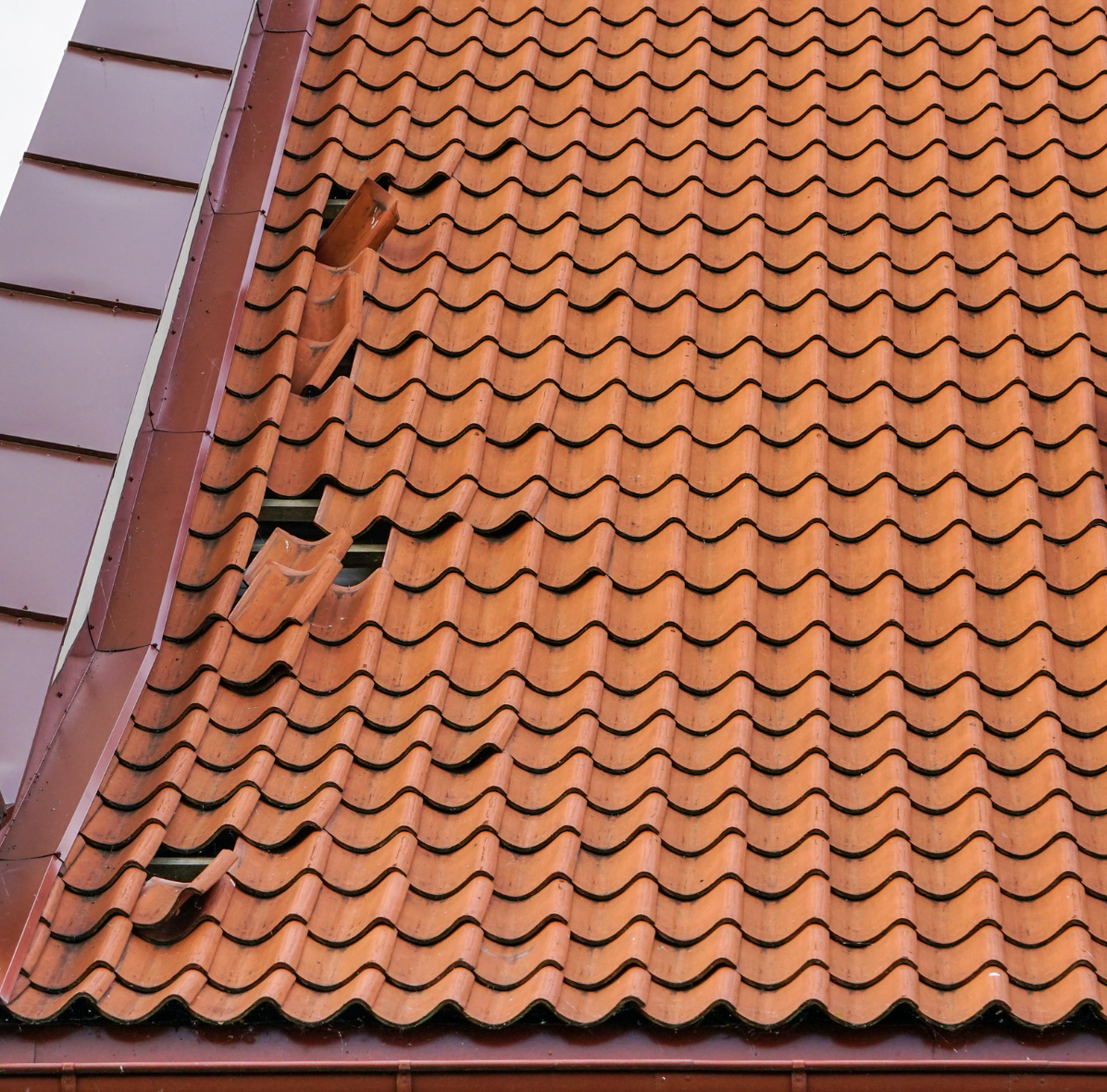Roofing shingles are a popular roofing material for homes due to their affordability, ease of installation, and wide range of colors and styles. However, there are both good and bad aspects to using shingles as a roofing material.
The Good:
- Affordability – Roofing shingles are one of the most cost-effective roofing options available on the market. They are generally more affordable than other roofing materials such as slate, tile, or metal.
- Easy to Install – Shingles are relatively easy to install compared to other roofing materials. They can be installed quickly and easily by a professional roofing contractor, reducing the overall cost of installation.
- Aesthetically Appealing – Shingles come in a wide range of colors, shapes, and styles, allowing homeowners to choose a look that complements their home’s architecture and style.
- Durability – Shingles are durable and can withstand most weather conditions. They are designed to last for at least 30 years and have a low required maintenance.
The Bad:
- Susceptibility to Damage – Shingles are susceptible to damage from harsh weather conditions such as hail, strong winds, and heavy rains. Over time, shingles can crack, curl, or even blow off the roof, leading to costly repairs or replacement.
- Environmental Concerns – Most shingles are made from petroleum-based materials and are not biodegradable. This means that they can take up space in landfills after they are removed from a roof.
- Heat Absorption – Shingles can absorb a significant amount of heat from the sun, leading to higher cooling costs during the summer months. The heat absorption can also cause the shingles to degrade more quickly.
- Installation Errors – Improper installation of shingles can lead to leaks and other roofing issues. This is why it’s crucial to hire a qualified and experienced roofing contractor to install your shingles.
- Fire Resistance – While shingles are fire-resistant, they are not fireproof. In the event of a fire, they can melt and contribute to the spread of flames, potentially causing significant damage to a home.
In conclusion, roofing shingles offer several benefits, including affordability, ease of installation, and aesthetic appeal.
However, they are also susceptible to damage, have environmental concerns, absorb heat, can be installed improperly, and are not completely fireproof.
Homeowners should weigh the pros and cons carefully when considering shingles as a roofing material and choose a high-quality product installed by a reputable contractor to ensure a long-lasting and reliable roof.


